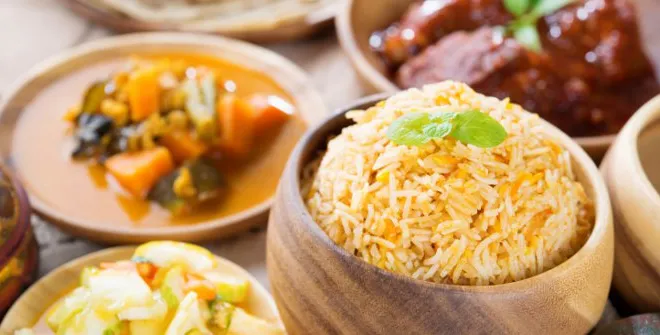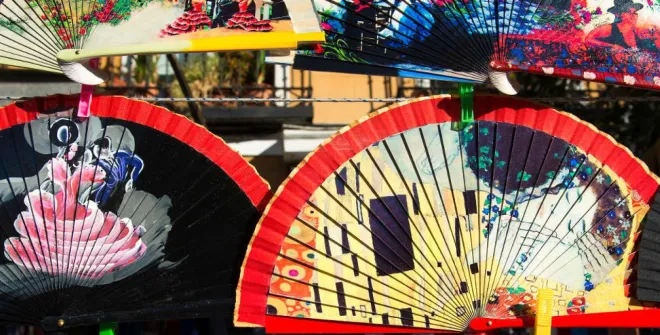Jewish Madrid
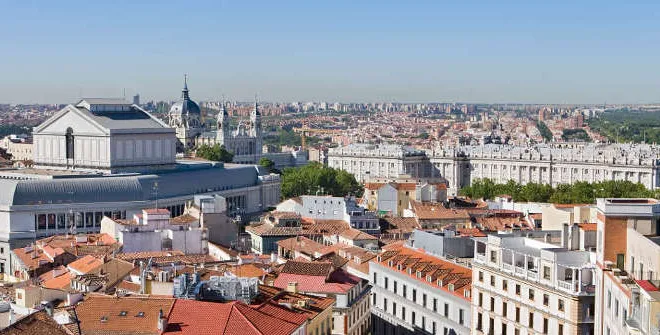
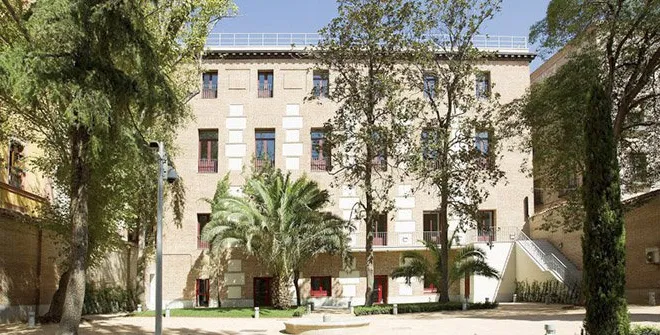
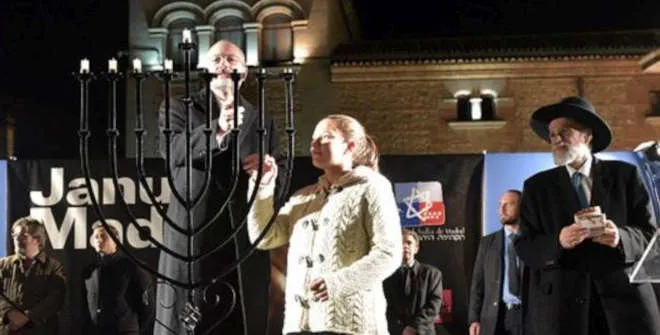
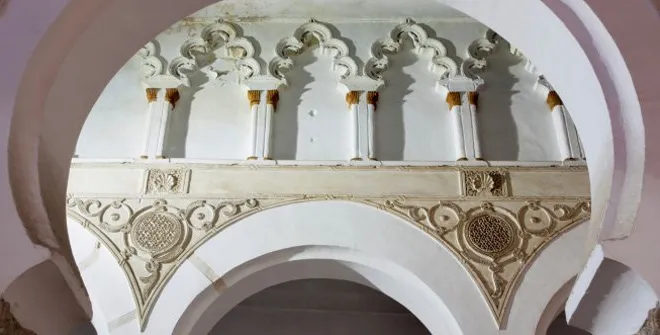
The Jewish community of Madrid is as old as is the city. The first Jews settled in Madrid in the ninth century, but the earliest historical records date back to the mid-eleventh century only, specifically, to the year 1053. The community had begun to grow and prosper a couple of centuries before, and in the thirteenth and fourteenth centuries, the Jewish population increased considerably. Nevertheless, the Fuero de Madrid statute of 1202 refers to a small Jewish community that wasn’t held in high esteem, which forced them to dwell in the Jewish quarter, known as the judería.
In 1085, Madrid saw the birth of the old judería, which lay near the present-day Teatro Real opera house and Calle del Arenal. It comprised around twenty homes distributed across four irregularly shaped blocks. Adjoining this quarter was the cemetery, located where today is Plaza de Oriente.
Three centuries later, after the Black Death outbreak, the local Jews were forced to move to the new judería, adjacent to Campo del Rey (Plaza de la Armería), on the site where La Almudena Cathedral currently stands. The new Jewish quarter was made of some twenty homes and a synagogue, scattered across six blocks.
Archaeological findings have given evidence that in the fourteenth century, the new judería adjoined the Royal Palace and La Almudena Cathedral. There are written documents that place the new Jewish quarter and synagogue near Campo del Rey, which is actually close to the Cathedral. Well-off converts used to live around Plaza de Ramales, Plaza de Santiago and Calle Bailén.
Scholars claim that in Lavapiés, on the location of the Church of San Lorenzo, there used to be a synagogue, and the burial site unearthed near Calle del Salitre might be a Jewish cemetery, as no crosses or other Christian symbols have been found in it.
In 2007, the Jews of Madrid commemorated the 90th anniversary of the first synagogue opened in the city after the Spanish Inquisition by establishing the History Museum of the Jewish Community of Madrid. The museum has pictures, documents and publications with information on Jews in Madrid and in Spain, including records of their return to the Iberian Peninsula 400 years after being expelled. Visitors are required to make bookings in advance at the Office of the Secretary of the Community.
Within walking distance from Plaza de Oriente stands the Cañete Palace (Calle Mayor 69), whose construction commenced in the late sixteenth century. The palace, whose designer drew on Juan de Herrera’s style, is home to the Sephardic-Israeli Centre, created in 2006 with the aim of disseminating the rich Sephardic heritage and becoming a link between Spain, Israel and the Jewish culture. A monument of Jewish Queen Esther sits in the garden.
A Holocaust Memorial was inaugurated in 2007 after an agreement signed by the Madrid authorities and the Jewish Community of Madrid. Designed by artist Samuel Nahon in cooperation with architect Alberto Stisin, it’s located in the Garden of the Three Cultures in Juan Carlos I Park, aimed at preserving the memory of the Jews killed under the Nazi regime.
On the parterre in El Retiro Park there’s a monument that pays tribute to Doctor Pulido, in remembrance of his indefatigable efforts to strengthen ties between the Sephardic community and Spain.
There are also companies like Sefarad Connection which organise guided tours to discover the Jewish past of Madrid, a meeting with Jewish life in today’s Spain, with a guided tour of the city’s main synagogue and the Museum of the Jewish Community of Madrid.
At lunch time, we can find some restaurants specialised in kosher cuisine in which the tradition marked by the Torah, such as La Escudilla, Al Mounia or Barganzo, a place where you will rediscover hummus and a love for veggie and healthy food.
Useful links:
On the European Day of Jewish Culture, held every year in September, the Sephardic-Israeli Centre puts on concerts honouring Jewish composers like Rosowsky, Vainberg and Shostakovich, among others. On this special day, the Jewish Community of Madrid holds an open door event.
Since 2008, Madrid has held Janucá, the festival of lights, on its streets. The Mayor of Madrid, along with the authorities of the Jewish and Sefarad-Israel Community of Madrid, feature in the lighting of candles in a festive day with music and the traditional spinning tops and fritters. In 2022, it will be held from dusk on 18 December until nightfall on 26 December.
For more information, check the Gateway to Sepharad guide
The high-speed train takes you from Madrid - Chamartín - Clara Campoamor Station or Atocha stations to Segovia and Toledo in 30 minutes. Named World Heritage Sites by Unesco, these two cities have preserved the architectural features of their old Jewish quarters. Excellent examples of the Mudéjar style in Toledo are the Synagogues of Samuel ha Levi (aka Synagogue of El Tránsito) and Mayor (Santa María la Blanca), which have been converted to museums. In Segovia there’s the Old Main Synagogue, currently the Church of Corpus Christi.
